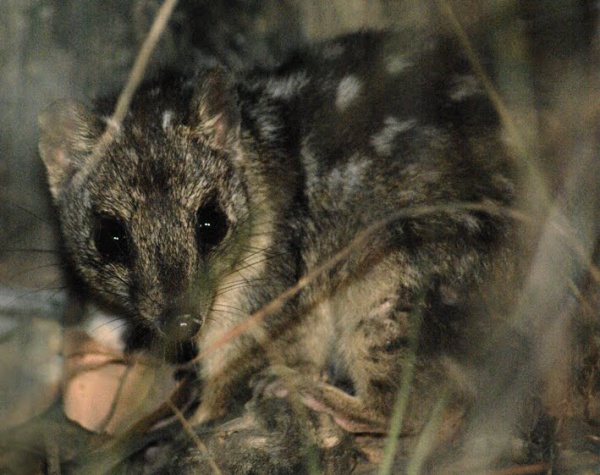Facts About Northern quoll
The northern quoll, commonly referred to as the northern native cat, is a small, carnivorous marsupial native to Australia. Belonging to the Dasyuridae family, it is often considered the most distinctive among Australian quolls. First described by John Gould in 1842, this species has sometimes been classified in its own genus, Satanellus.
Among the four species of Australian quolls, the northern quoll is the smallest. Females are generally smaller than males. Their diet is quite diverse, consisting of invertebrates, fruits, and various vertebrates. An interesting fact about northern quolls is that males die shortly after mating, leaving the females to care for the offspring alone.
Northern quolls are found from Western Australia to southeast Queensland, although their populations are fragmented and not continuous. They thrive in rocky ranges and open eucalypt forests. Unfortunately, the IUCN lists them as Endangered due to several threats, including predation by feral cats, dingoes, and foxes, as well as habitat destruction and fragmentation. The spread of cane toads has also posed a significant problem.
Cane toads are particularly dangerous for northern quolls, leading to sharp declines in quoll populations where these toads have spread. Conservation efforts have included relocating quolls to islands free of cane toads and training them to avoid these toxic invaders. However, these efforts face challenges such as predation by dingoes and the loss of natural antipredator behaviors in isolated quoll populations.
